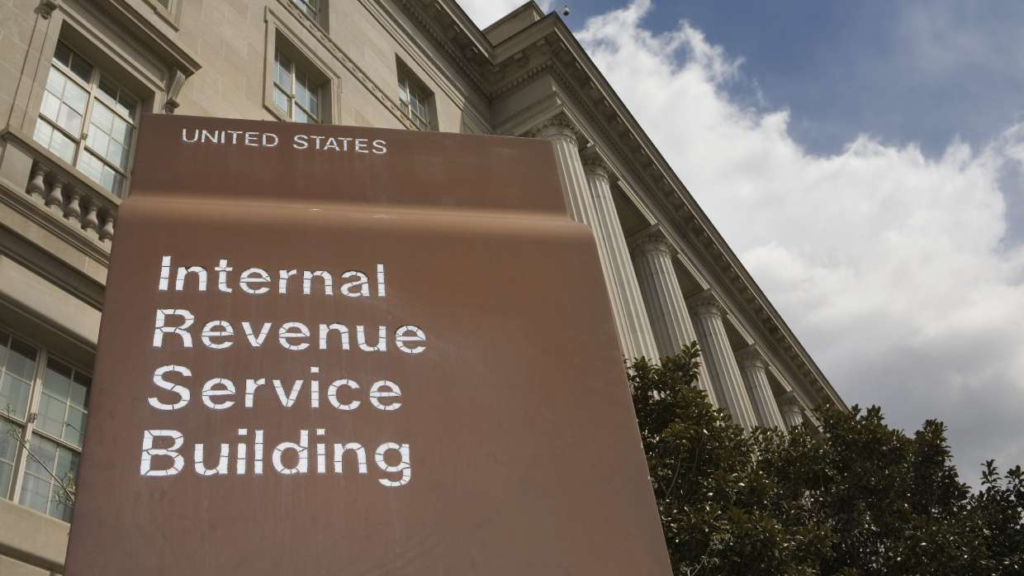Individual Retirement Arrangements – better known simply as IRAs – are accounts into which someone can deposit money to provide financial security when they retire. A taxpayer can set up an IRA with a:
- bank or other financial institution
- life insurance company
- mutual fund
- stockbroker
Here are some terms and definitions related to IRAs to help people learn more about how the arrangements work:
Traditional IRA: Contributions to a traditional IRA may be tax-deductible. The amounts in a traditional IRA are not generally taxed until you take them out of the account.
Savings Incentive Match Plan for Employees: commonly known as a SIMPLE IRA. It allows employees and employers to contribute to traditional IRAs set up for employees. It is ideal as a start-up retirement savings plan for small employers not currently sponsoring a retirement plan.
Simplified Employee Pension: Better known simply as an SEP-IRA, it is a written plan that allows an employer to make contributions toward their own retirement and their employees’ retirement without getting involved in a more complex qualified plan. An SEP is owned and controlled by the employee.
ROTH IRA: An IRA that is subject to the same rules as a traditional IRA with certain exceptions. For example, a taxpayer cannot deduct contributions to a Roth IRA. However, if the IRA owner satisfies certain requirements, qualified distributions are tax-free.
Contribution: The amount of money someone puts into their IRA. There are limits to the amount that someone can put into their IRA annually. These limits are based on the age of the IRA holder and the type of IRA they have.
Distribution: Essentially a withdrawal. This is the amount someone takes out from their IRA.
Required distribution: A taxpayer cannot keep retirement funds in their account indefinitely. Someone with an IRA generally must start taking withdrawals from their IRA when they reach age 70½. Roth IRAs do not require withdrawals until after the death of the owner.
Rollover: This is when the IRA owner receives a payment from retirement plan and deposits it into a different IRA within 60 days.

